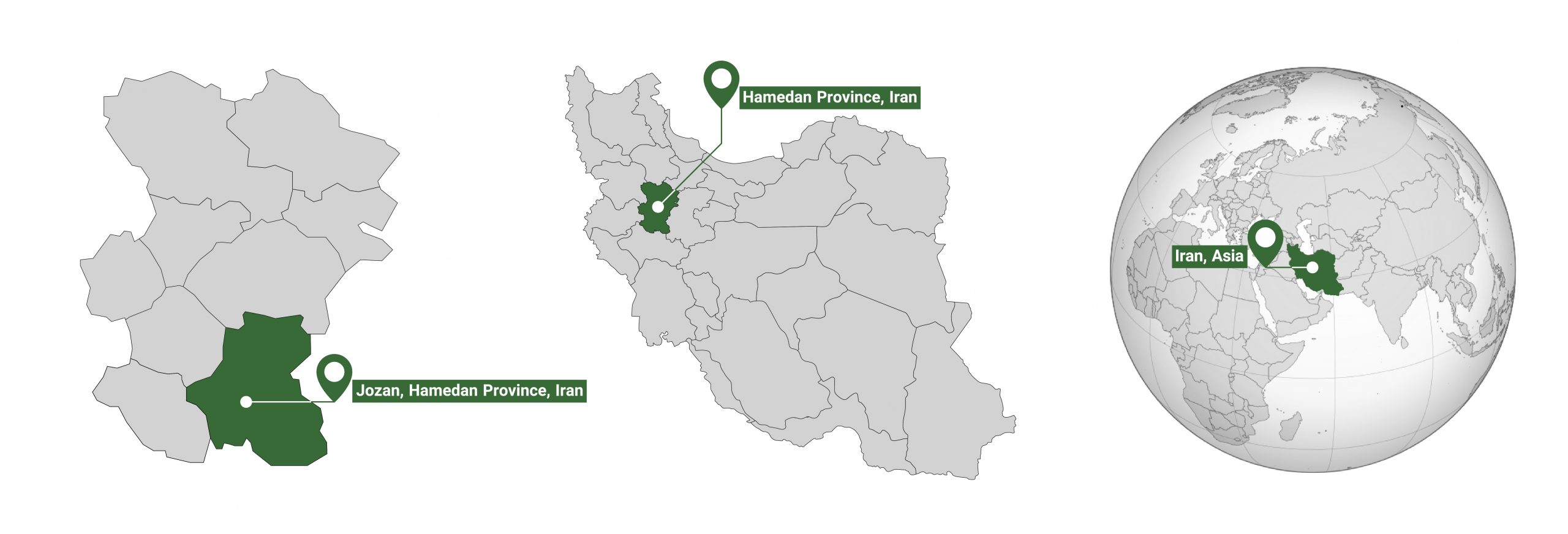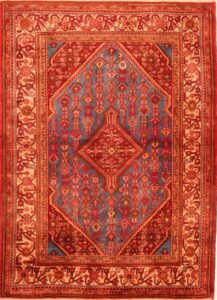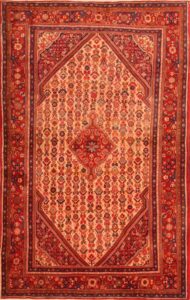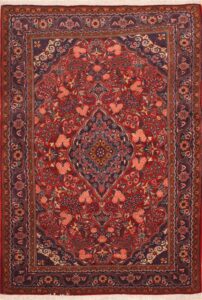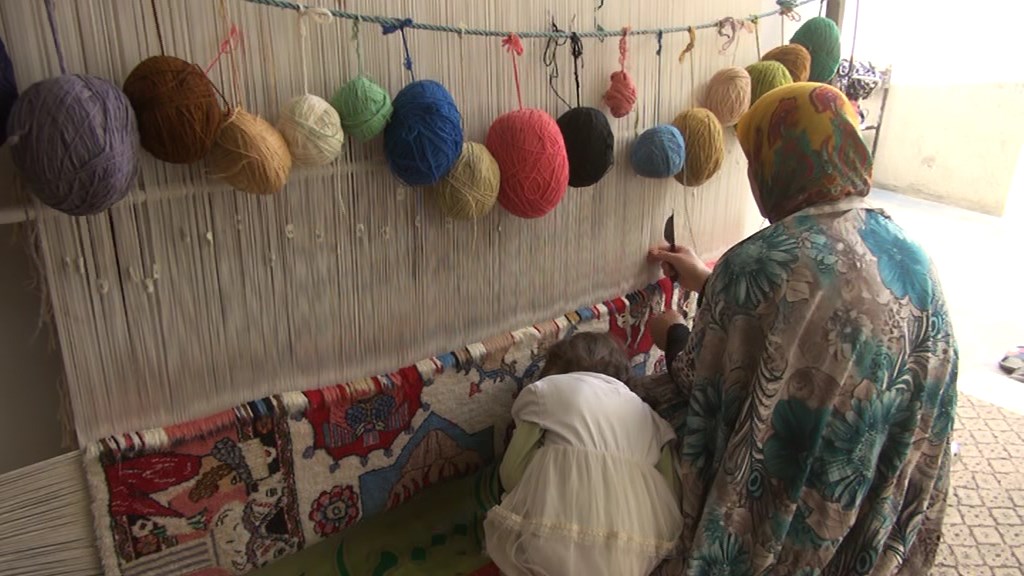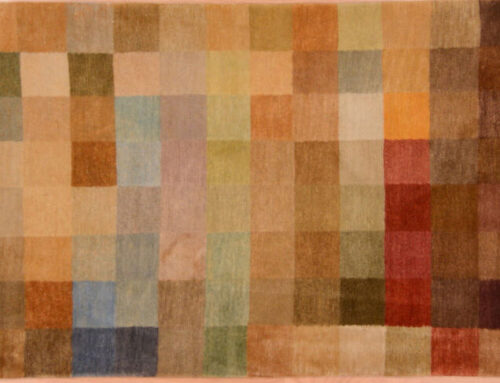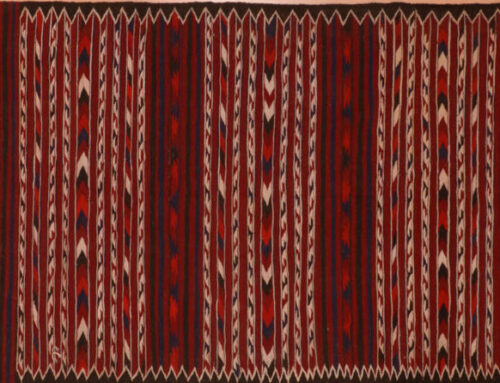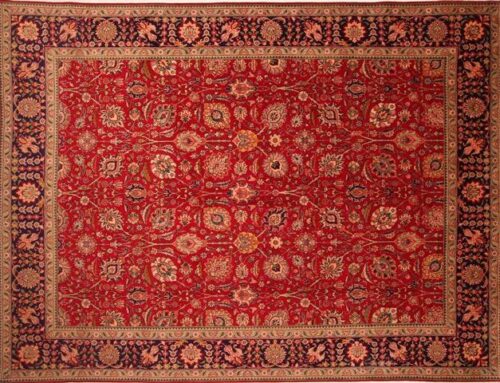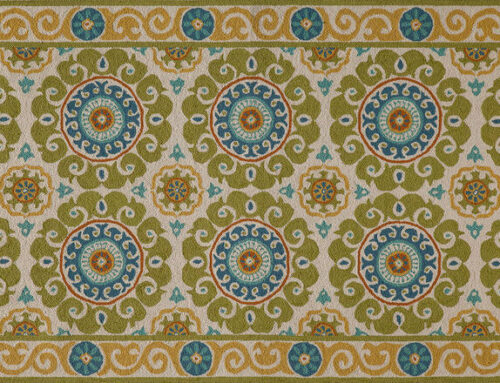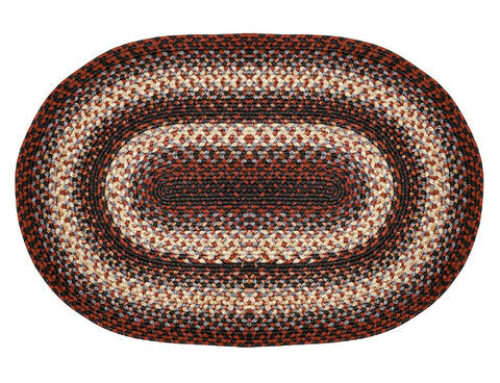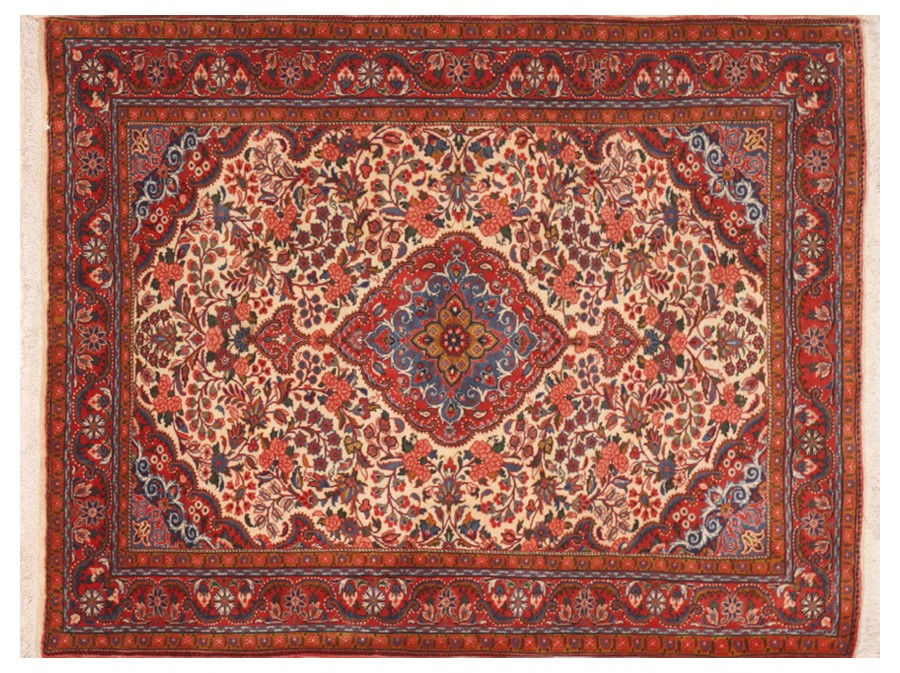
History of Jozan Rugs
Jozan rugs dating from as early as World War I are known in the market. The rugs are categorized as Sarouks because of the similarity in textures; at times they are called “Jozan Sarouk” in the trade.
Jozan weavers made mainly small rugs, mat-size to approximately seven feet by four feet six inches.No room-sizes were made.
Characteristics of Jozan Rugs
-
Material and Knots
The rugs have a cotton foundation and a wool pile. The Turkish (symmetric) knot is used. Jozan rugs are generally woven from good to very good in grade quality.
-
Color
The rugs have mainly dark blue fields with reds for the border. In addition to these colors, different shades of blue, green, ivory, gold, cinnamon, and brown are employed for the design elements and minor borders.
-
Design and Pattern
Jozan rug designs are semigeometric and frequently have a pendant-shaped medallion in the center and a stylized quarter-medallion in each corner of the background. The field has an allover style of vines with blossoming flowers, flower sprays, and leaves.
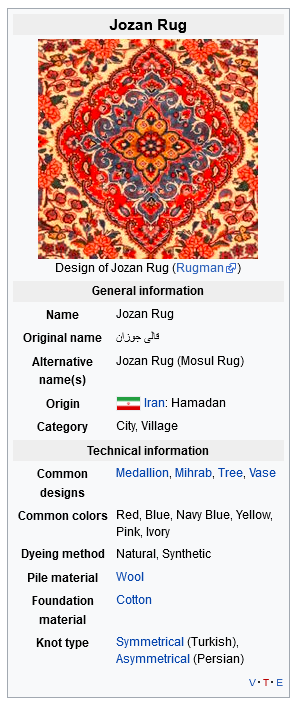
Jozan Rug Infobox | © WikiRug

